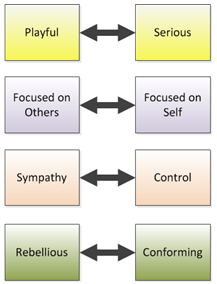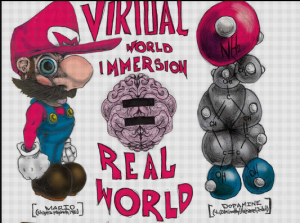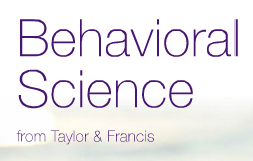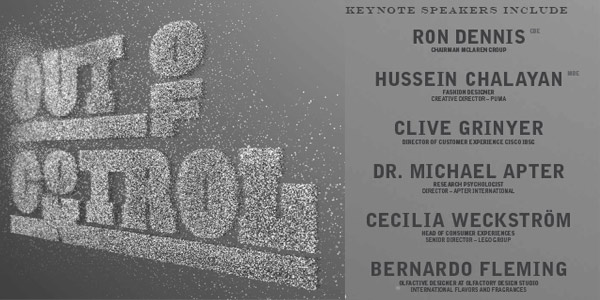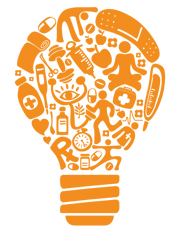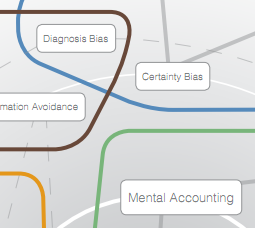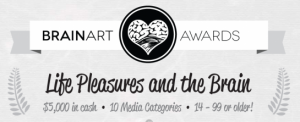 The BrainArt project has a call out for submissions that use art and design to compellingly illustrate the neuroscience of pleasure. They are looking for explorations or reactions to the theme “Life Pleasures & the Brain” cast in media that ranges from illustrations and digital art to sculptures or music and that are grounded in the neuroscience of the reward circuit and dopamine.
The BrainArt project has a call out for submissions that use art and design to compellingly illustrate the neuroscience of pleasure. They are looking for explorations or reactions to the theme “Life Pleasures & the Brain” cast in media that ranges from illustrations and digital art to sculptures or music and that are grounded in the neuroscience of the reward circuit and dopamine.
The contest includes a top prize of $5K, participation in an exhibit and other benefits. Innovators keep the copyrights to their work the deadline is September 1, 2012.
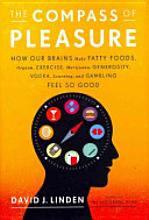 This is a natural contest for cognitive designers as it seeks to translate the neuroscience and psychology of pleasure into the construction of an artifact. The reward circuit and attending cognitive psychology plays a fundamental role in savoring, wanting, liking, learning, habit formation and many aspects of motivation, decision-making and behavior. If you are a bit rusty on the scientific background, I recommend The Compass of Pleasure. It is an easy read, provides nearly complete coverage and is current.
This is a natural contest for cognitive designers as it seeks to translate the neuroscience and psychology of pleasure into the construction of an artifact. The reward circuit and attending cognitive psychology plays a fundamental role in savoring, wanting, liking, learning, habit formation and many aspects of motivation, decision-making and behavior. If you are a bit rusty on the scientific background, I recommend The Compass of Pleasure. It is an easy read, provides nearly complete coverage and is current.
While this contest is more about art than design, there are several media categories of special interest to cognitive designers, most notably the one on communication design:
“Identify an opportunity, and envision a complete rethink, or new approach, to a campaign or consumer experience in relation to this year’s theme “Life Pleasures and the Brain”. Create an emotionally driven brand that is visionary and disruptive in its thinking. It’s about generating a journey that is unique, rational and that has the energy and drive to transform opinions and to allow people to make a deep connection which will in turn incite participation.”
Consider for example, designing an experience to ignite a movement to improve brain health, achieve positive behavior change or celebrate the existential pleasures of work.
Other media categories of interest to cognitive designers include the written word and space design. Of course this contest is a great opportunity for cognitive designers to partner with artists or visual designers and compete in any of the 10 media categories.
Judges are looking for how well you communicate a concept with respect to the contest’s theme (life pleasures & the brain) but are most interested in unique personal experiences and expressions. That is where a lot of good design and art comes from.

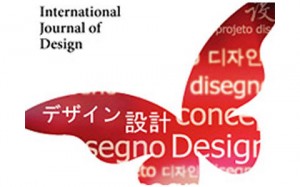 Check out the open access International Journal of Design. It includes many articles of relevance to cognitive designers for example, 25 Positive Emotions in Human-Product Interactions. There is a current call out (due March 1, 2013) for papers on designing for subjective well-being.
Check out the open access International Journal of Design. It includes many articles of relevance to cognitive designers for example, 25 Positive Emotions in Human-Product Interactions. There is a current call out (due March 1, 2013) for papers on designing for subjective well-being.